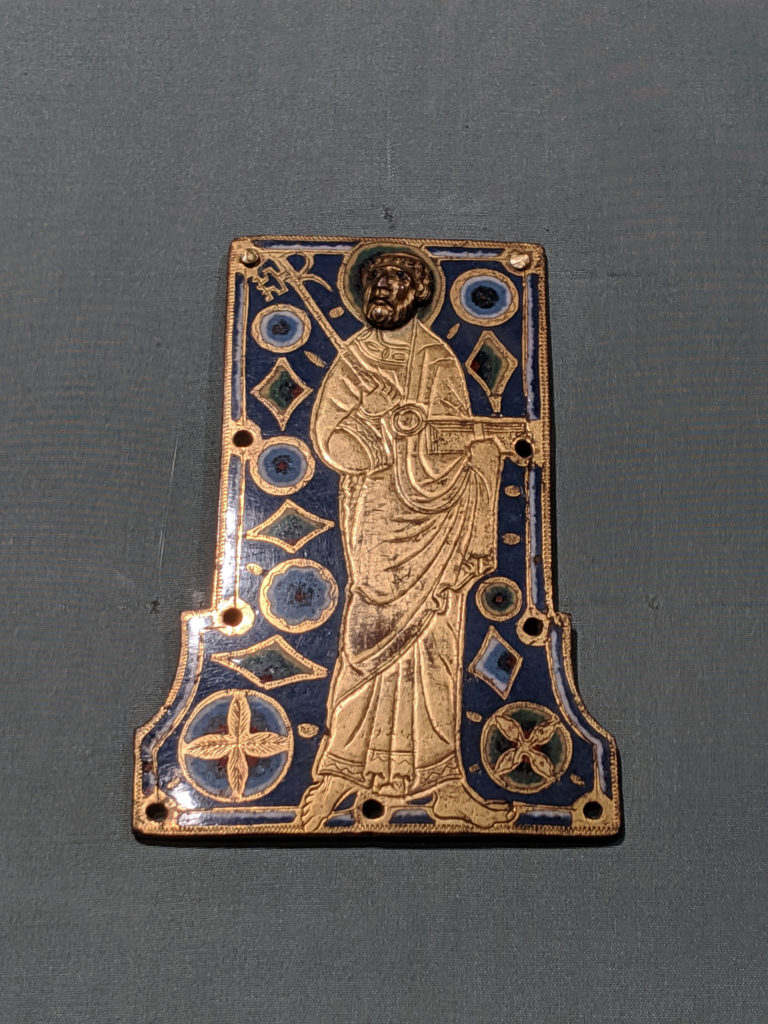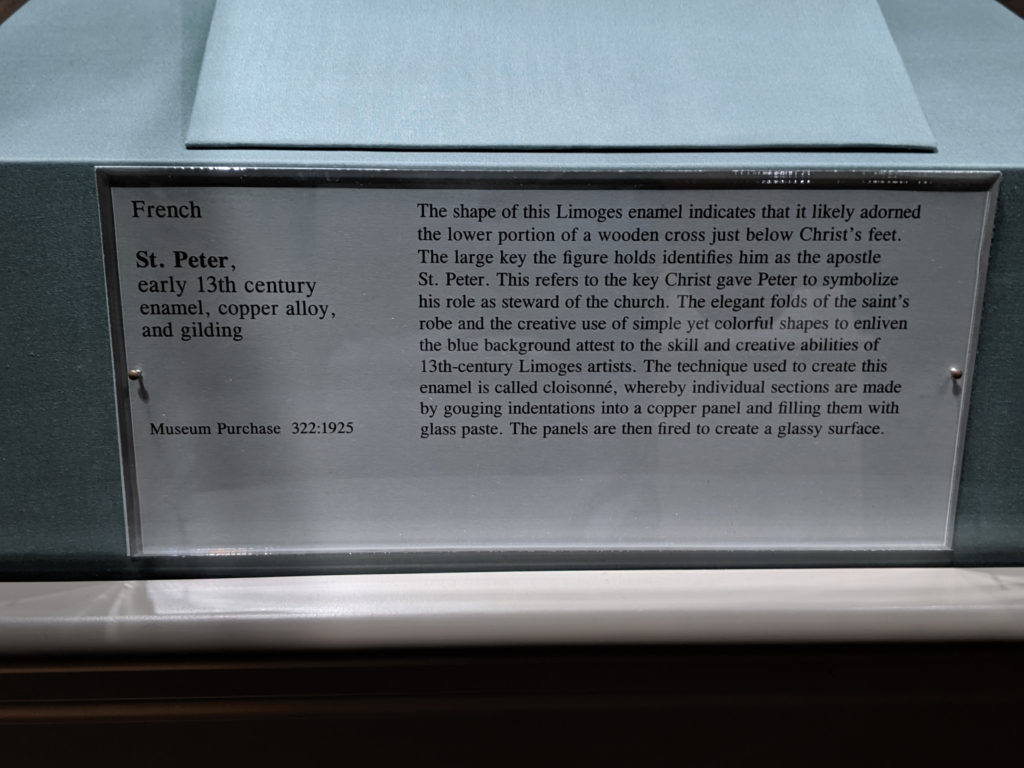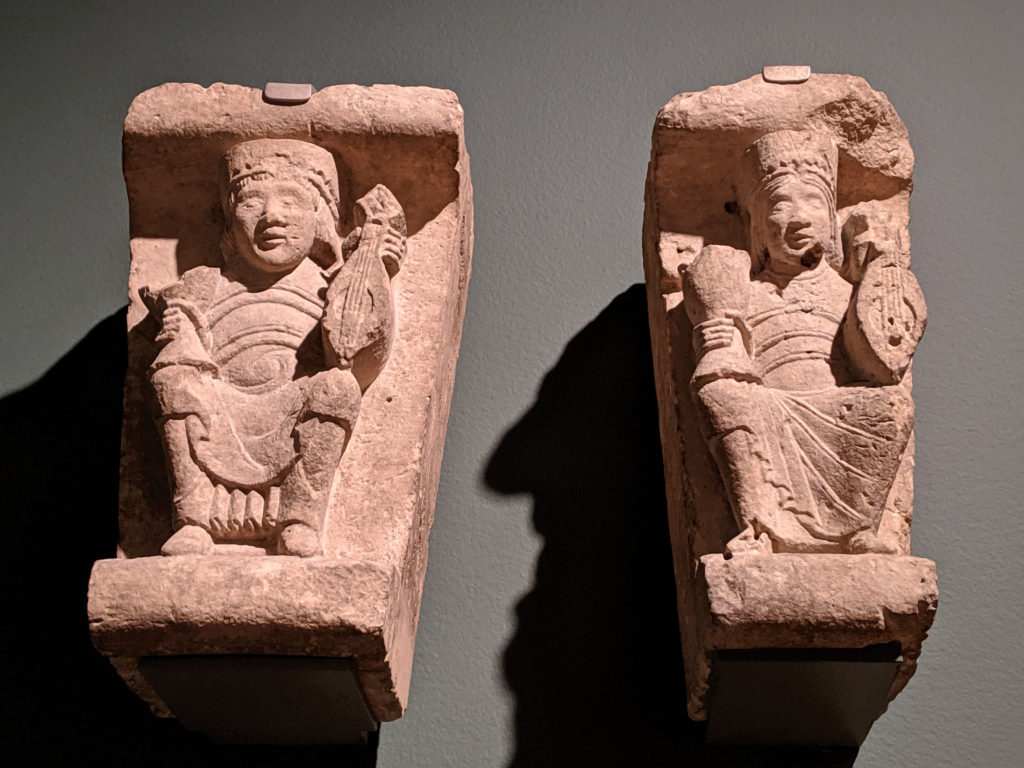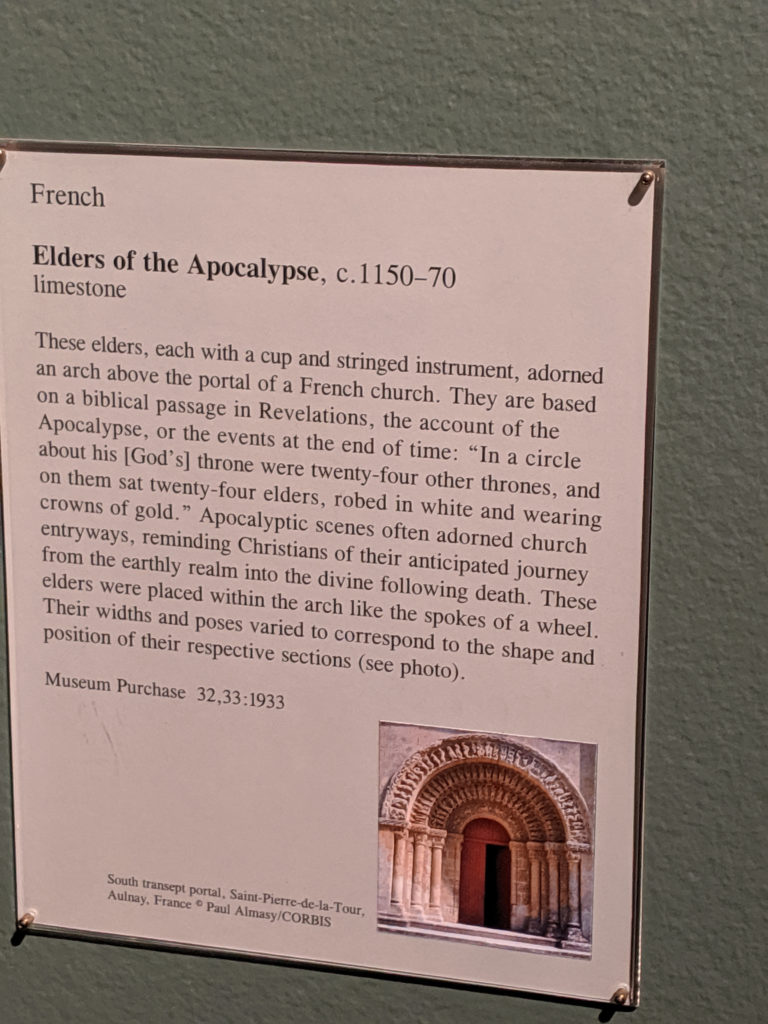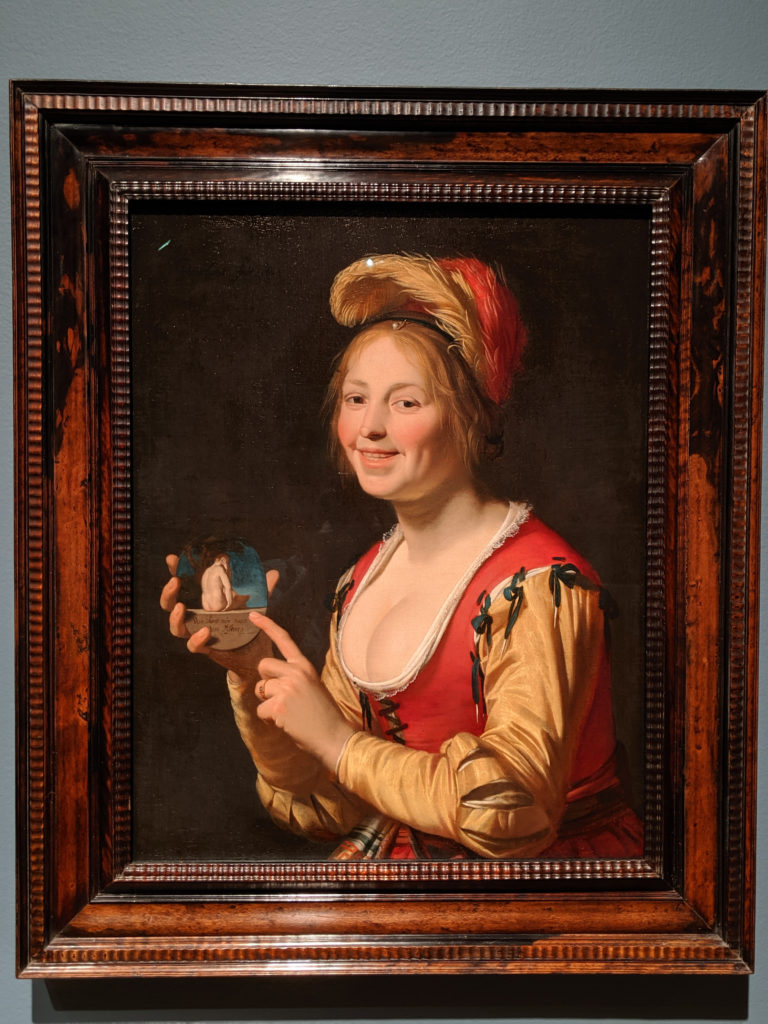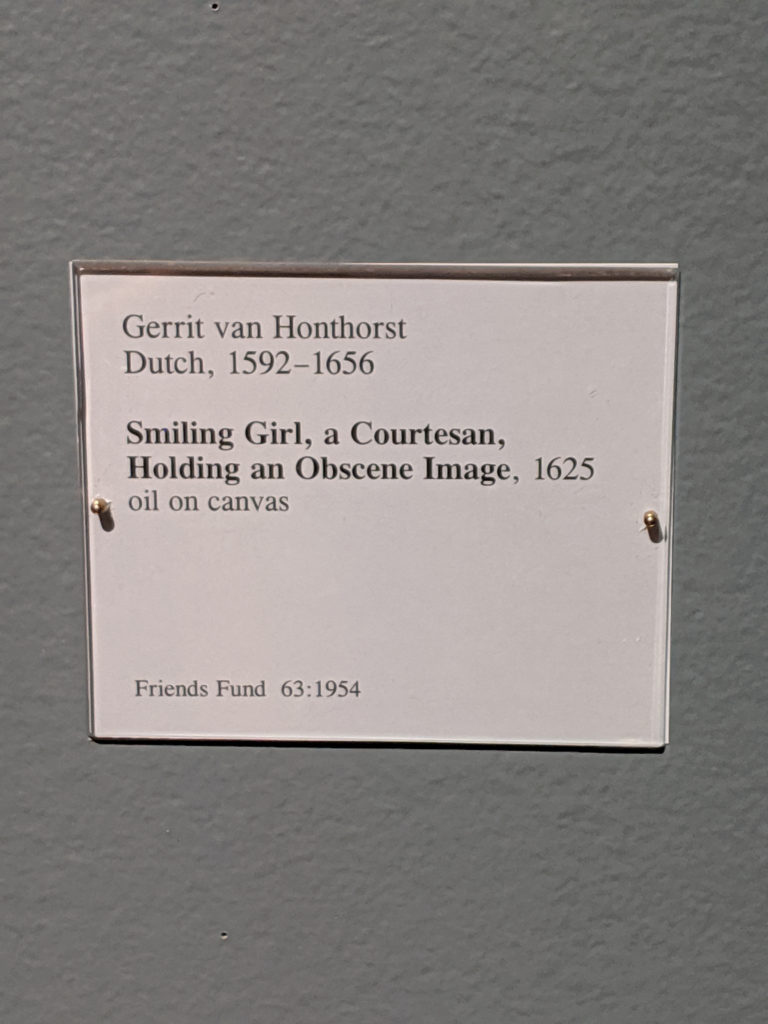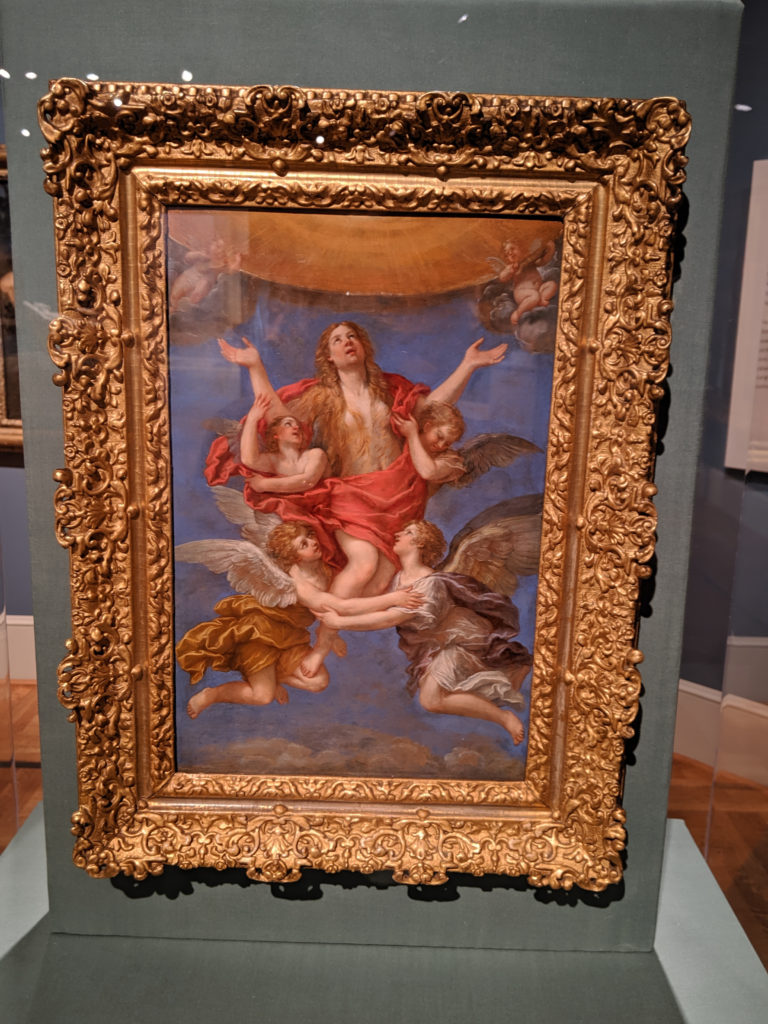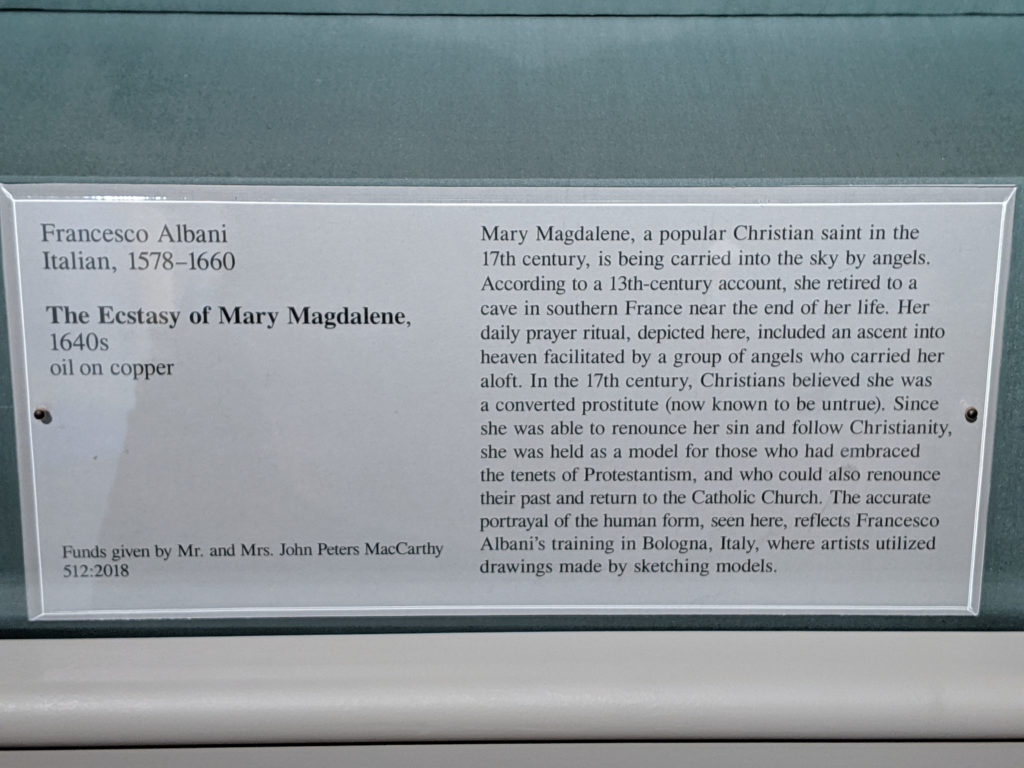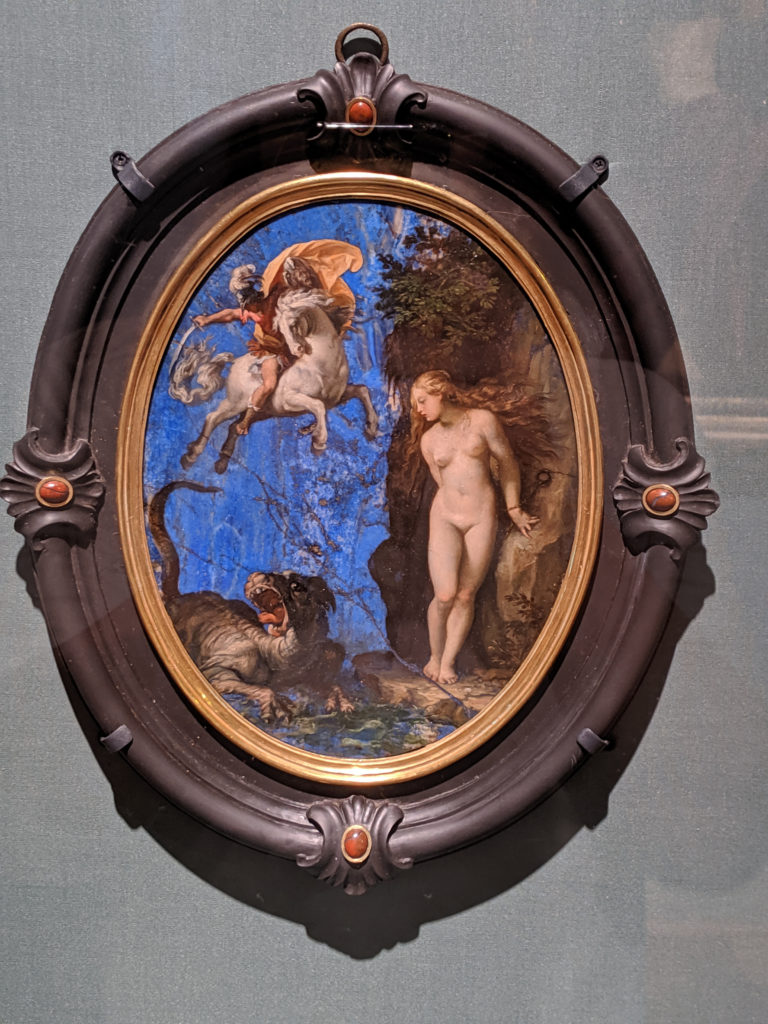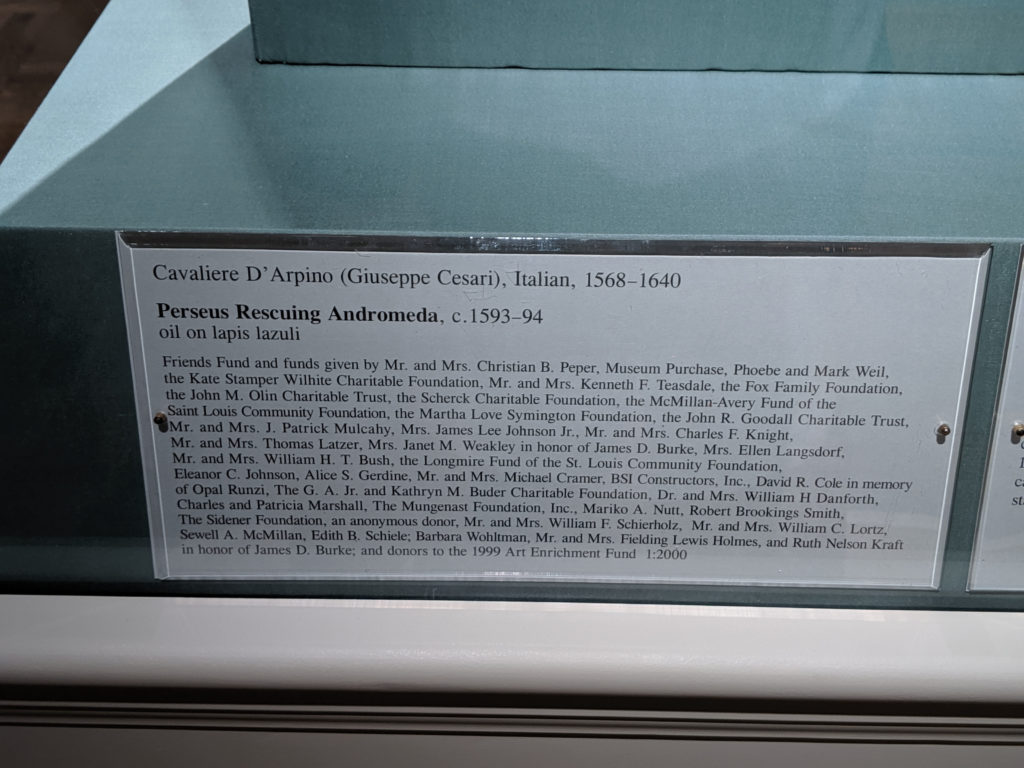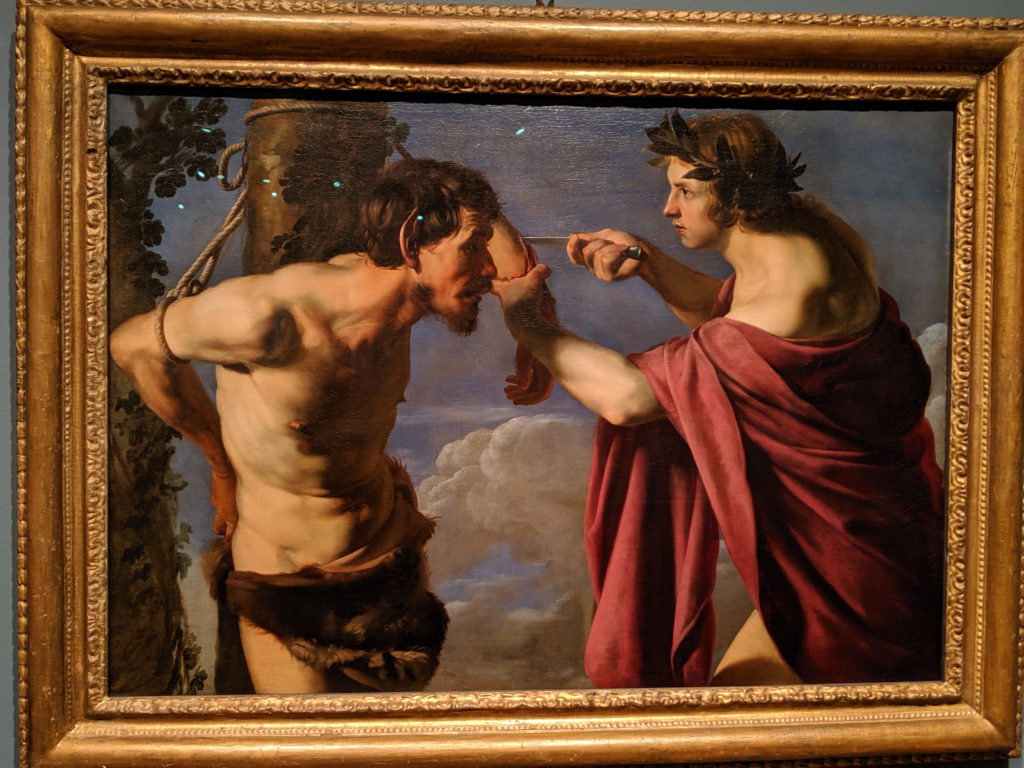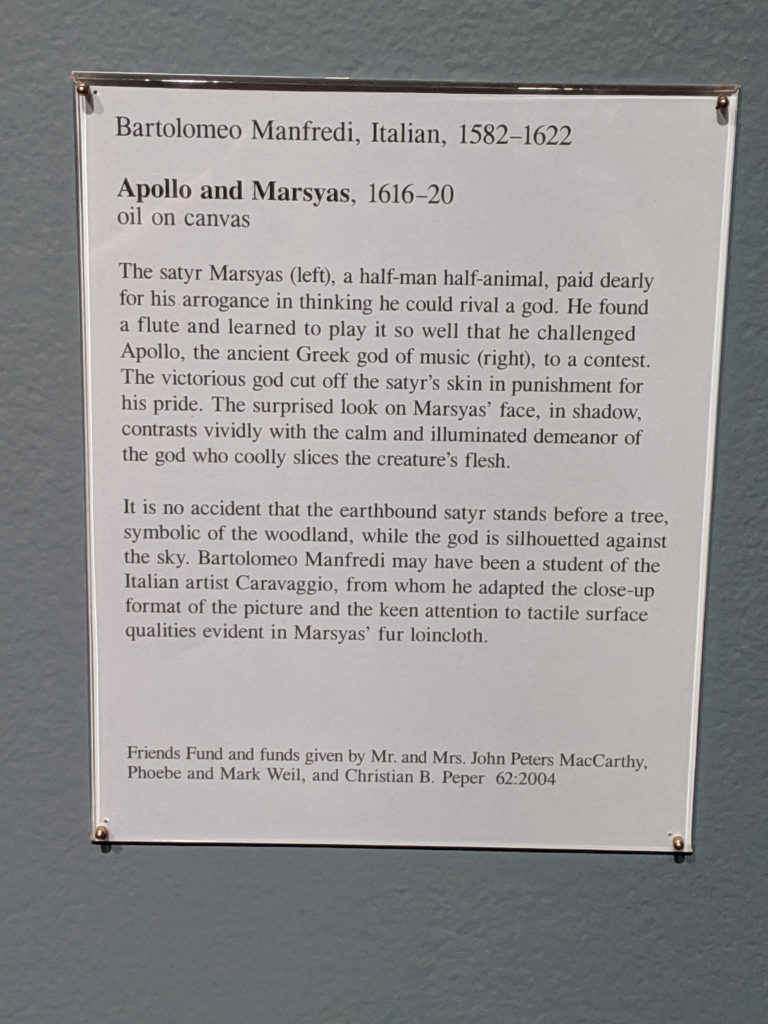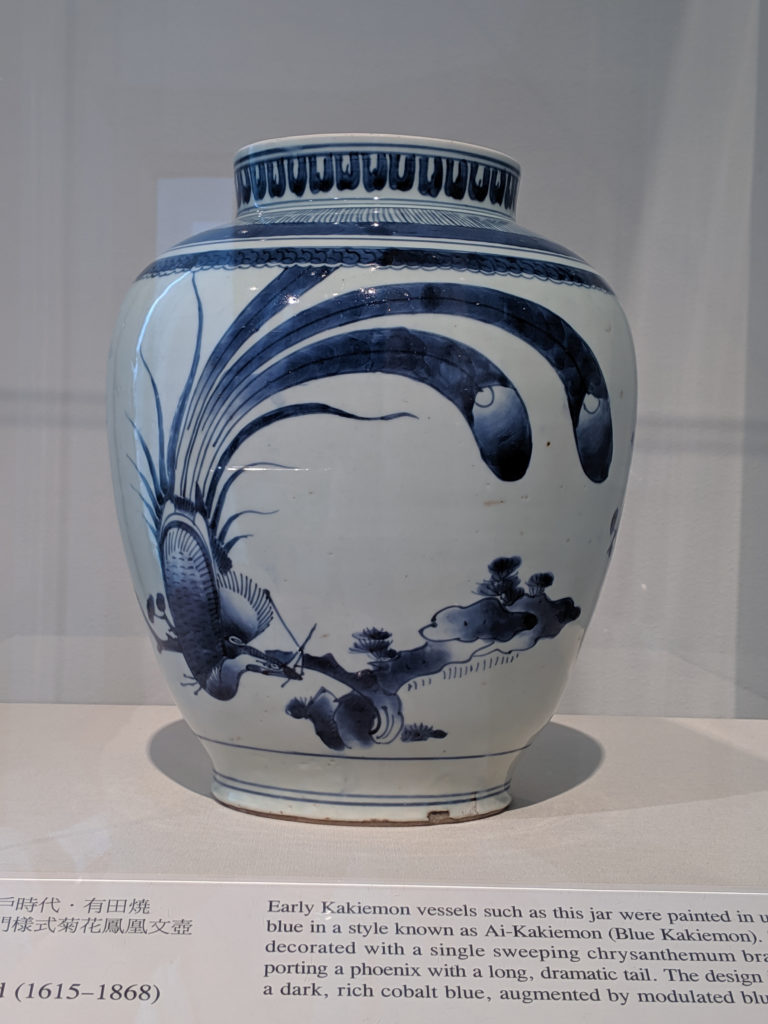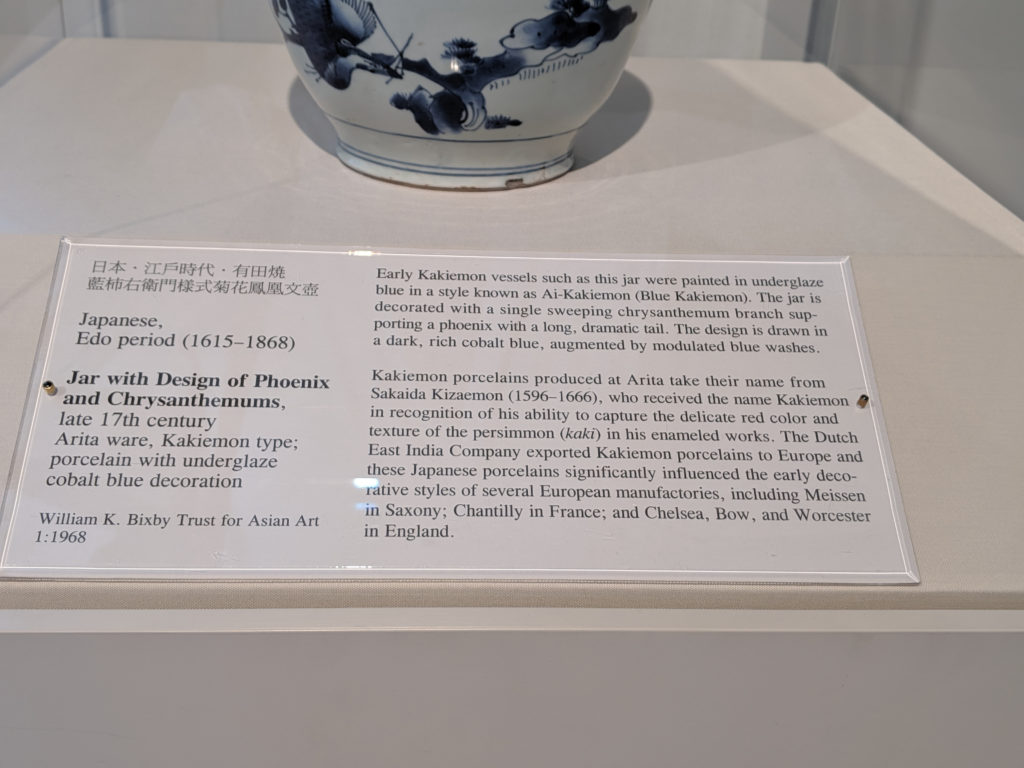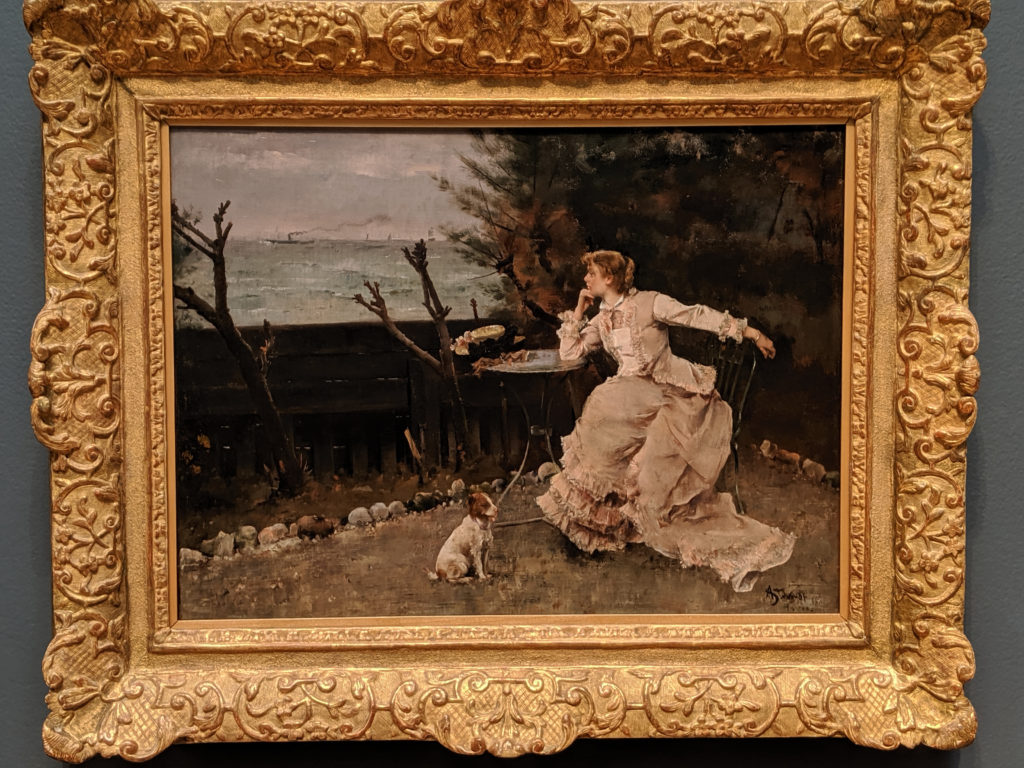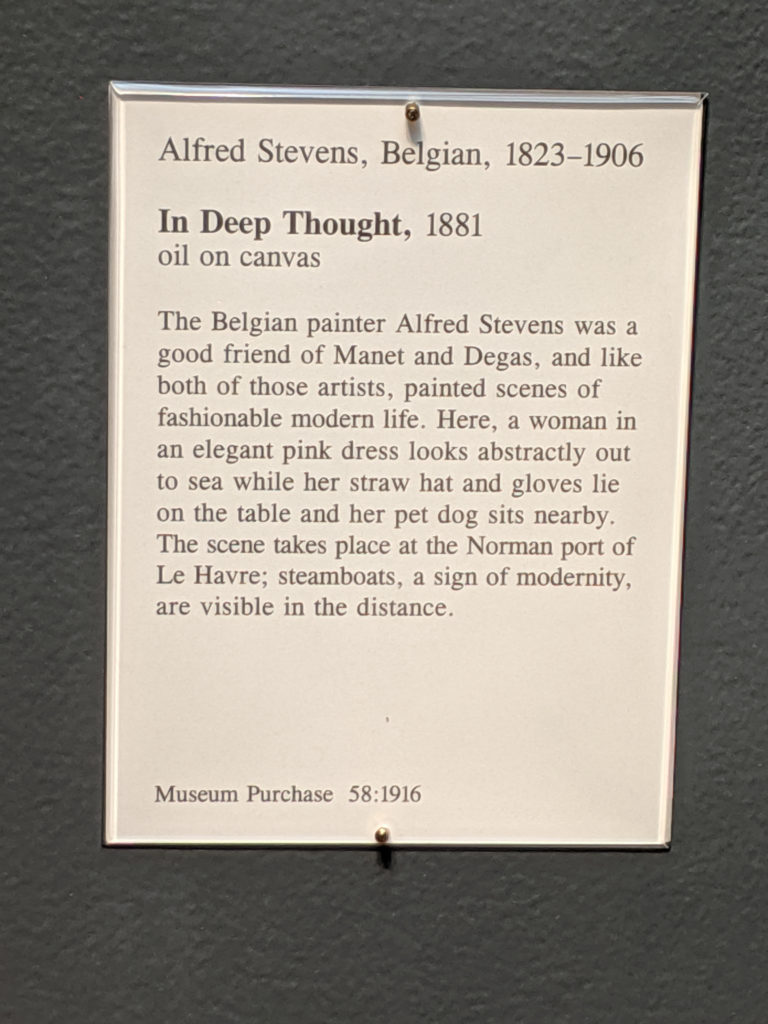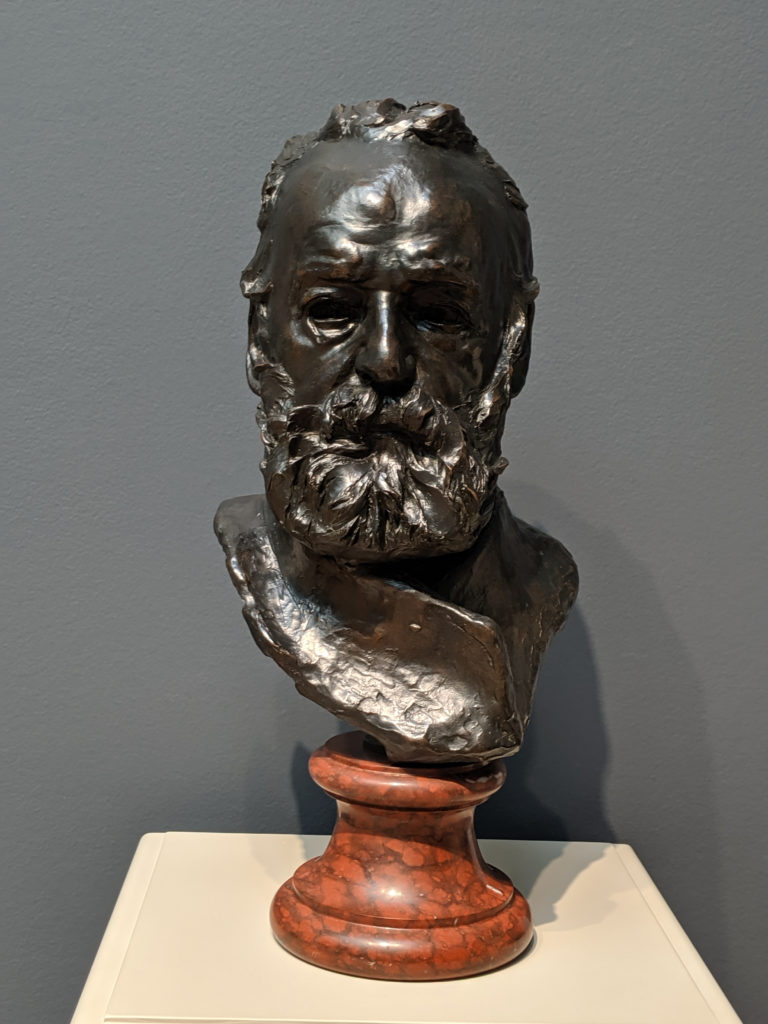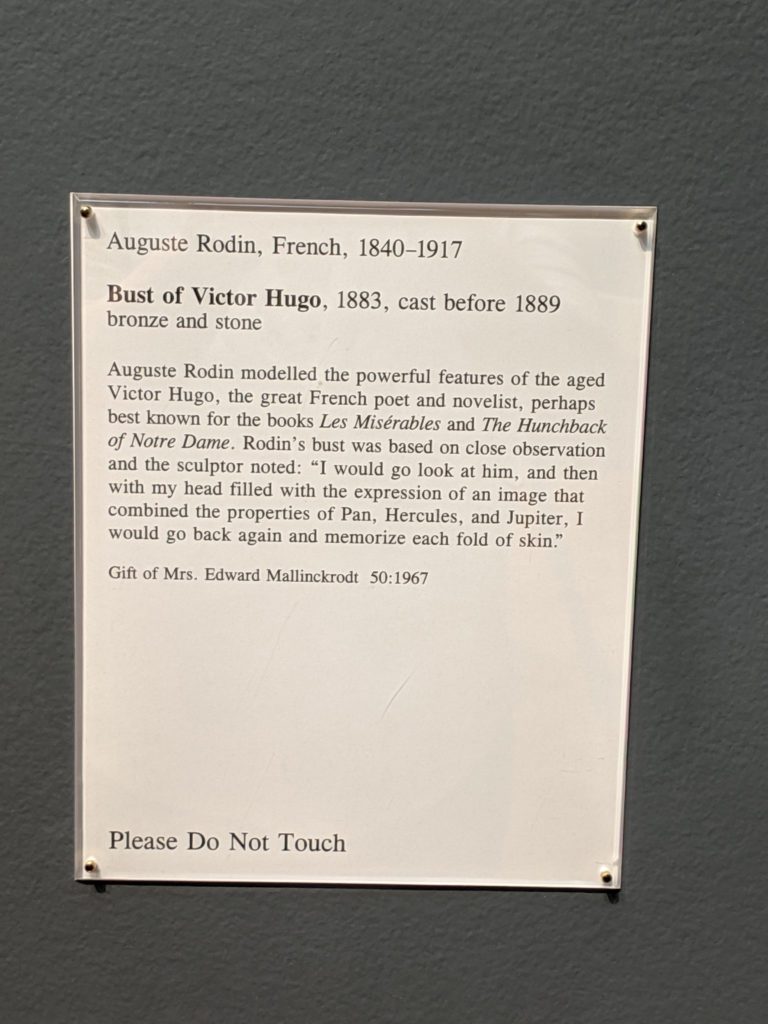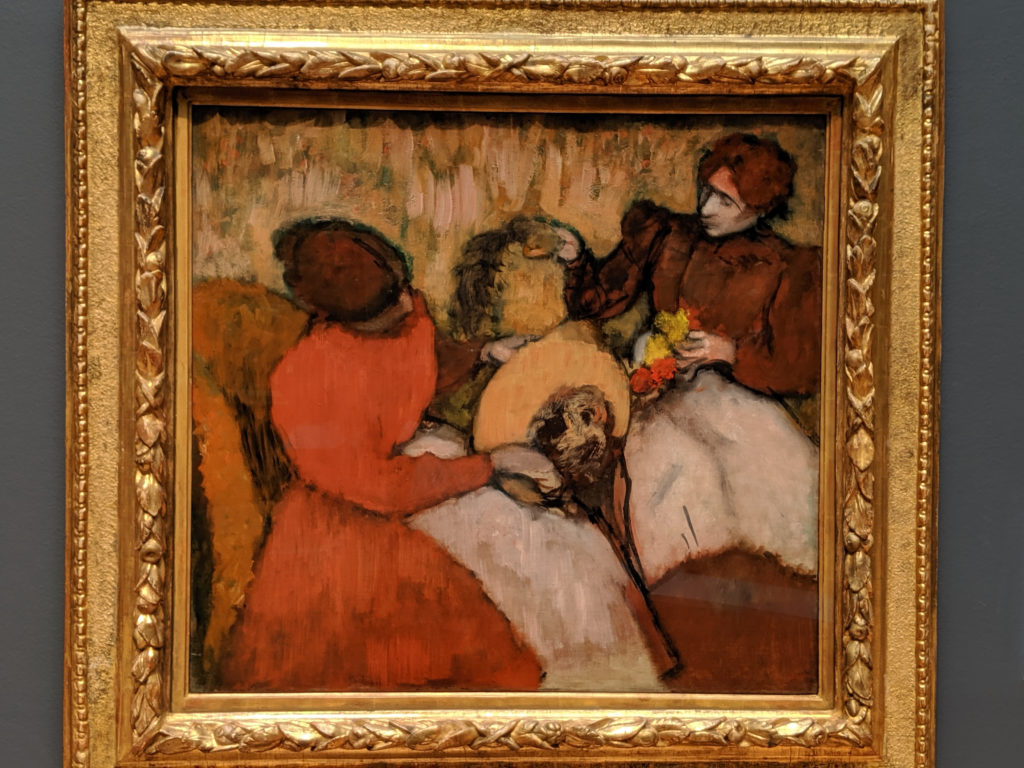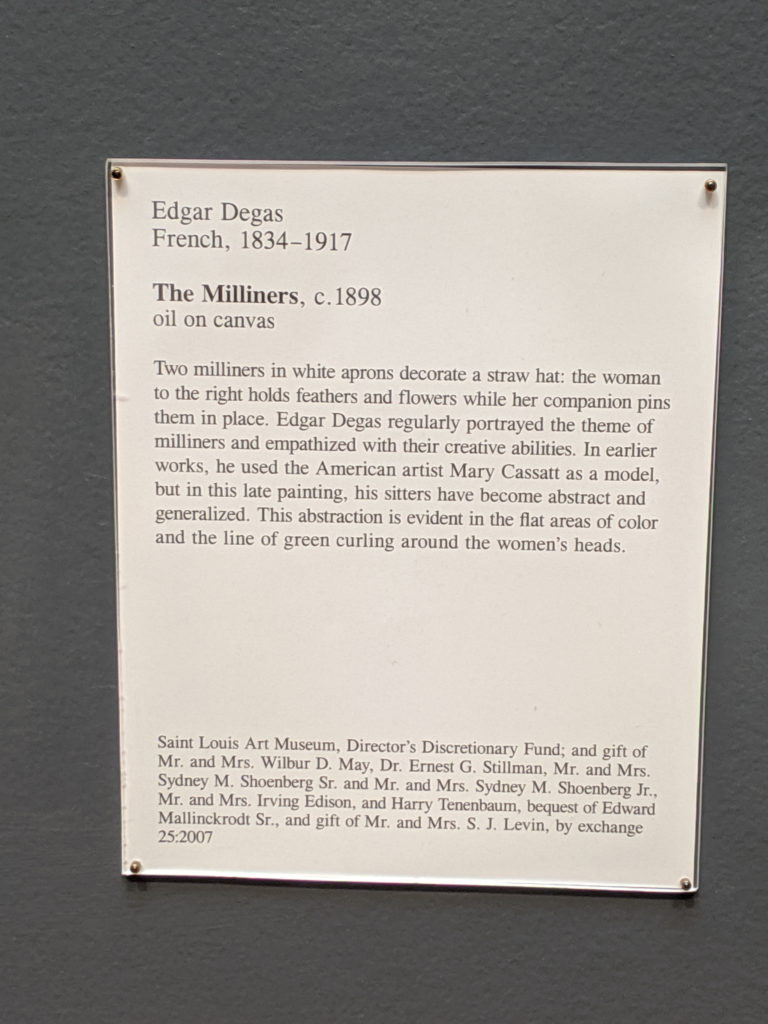What I really like about this is that you can tell it’s super experimental in form and style. They aren’t afraid to make mistakes and screw it up because they’re testing how it all works! This style of enameling is what would eventually become the master styles of Faberge in the last 19th and early 20th century, but, again, it took centuries of experimentation to get that far.
Month: November 2019
Tuesday
Monday
This painting is forever being trotted out in documentaries as an example of the frivolous nature of the beginning of the Rococo school of art. In reality, it’s a big fat middle finger to the Establishment – you want a courtesan? She’s not really that pretty and she smiles too much. You want fashion and frivolity? She’s nice enough dressed, I’ll grant you, but the fabrics aren’t as high quality as you’d expect in a society portrait and it’s missing some elements of crazy status. You want smutty sex and naughtiness? She’s holding what amounts to an erotica novel on the subway today: not much substance, but some outer fluff. It’s all a lot of misdirection and poofy flounce. It isn’t that naughty at all, even for its time!
Sunday
So, hey, it was totally a thing with the religious artists to paint prostitutes and adulteresses with their breasts exposed or partially exposed because that’s apparently how you tell someone is a hooker or sleeping with someone not their husband. Don’t get me started on Christ and the Woman Taken in Adultery, yo. We’ll be here all night. But yes, it is a theme. Apparently, it’s a theme that extends to reformed prostitutes turned saints, as well, because, oh hai Mary Magdalene’s boobs for no particular reason whilst angels get eyefuls adoringly, also for no particular reason. Classy, y’all. Why exactly the reformed prostitute saint is being carried aloft into the sky by angels as if she’s a Boeing jet is anyone’s guess, but we’ll leave that to your imagination and hope that your guess is better than mine.
Saturday
Friday
So, quick history of pigments outside of Venice: ultramarine blue was used primarily in painting the Virgin Mary’s robes until the early 17th century, when it kind of branched out into other forms, whilst carnelian and crimson reds had been associated with Christ’s robes and blood until a subtle shift in the Reformation and Counter-reformation created a need to use color differently. Only Venetians really used color differently during this time period, and it was mostly because the amount of fucks they had to give was a big fat zero. Venetians gave zero fucks. Venice was the home of no fucks given at all. This is partially why the sky in this painting isn’t a more vivid and realistic color of blue for the sky, and why Apollo’s robes are a duller shade of red, rather than the godly/kingly shade of crimson.
Thursday
(I wish I could’ve gotten a better photo of this jar because it’s absolutely stunning. However, it’s displayed in such a way that it just isn’t possible without glare at almost every angle – except this one.)
So, Japanese blue porcelain – true examples of it aren’t very common because they tended to break up the blue with other colors or metallic glazes, so when you find a good example, it’s usually not this large or detailed. It’s usually smaller and plate, saucer, or cup.
Wednesday
I like this because the composition is very simple and modern in its simplicity while mocking the idleness of the upper middle class and upper class. I mean, what do you do during the day? Sit around and wait for something to happen. Work? Piffle. We’ll work when we’re dead, darling. Work is for the poor.
